The process of processing a picture and identifying items in it is known as image or object detection. Image Classification and Detection are frequently confused among the public. Yet, there is a noticeable change. Classification is the tool you use to categorize visual elements. But, Image Detection should be used if you only need to locate them, as to count the number of items in an image.
The top 7 image detection projects students to learn from and put their talents to the test are as follows:
1. Whole Slide Images Based Cervical Cancer Classification Using Self-Supervised Learning and Multiple Instance Learning
The majority of whole-slide photo categorization systems now rely on labour-intensive, delicate manual pixel-level annotations that call for specific topic knowledge.
To solve this problem, we suggest using multiple instances learning and self-supervised learning to handle huge WSI datasets with only the reported diagnoses as labels.
CNNs (i.e., Convolutional Neural Networks) and K-means clustering are two machine learning techniques that performed better than K-means clustering in this case. CNNs are also superior at learning features for classification applications.
Your research career will be effectively shaped and modified by Image Retrieval Projects as required. We may anticipate big things in the near future given that image detection is still in its early stages. Consider a scenario in which computers outperform people at processing visual information.
2. A Single Neural Network for Mixed Style License Plate Detection and Recognition
There has been a lot of interest in the most recent, efficient, and exact intelligent transportation system due to recent highway upgrades and the rising use of automobiles. Digital image processing and computer vision are fields that heavily rely on the technique of object recognition in images.
The process of VLPR (i.e., Vehicle License Plate Identification) is challenging due to differences in angle, shape, and color, as well as numerous formats and non-uniform lighting circumstances while taking pictures.
In this research, a powerful deep learning-based VLPR model is presented that uses OCR (i.e., Optical Character Recognition) to recognize characters on license plates and YOLO (i.e., You Only Live Once) to detect license plates. Several image processing techniques are applied to improve license plates.
Your research career will be effectively shaped and modified by Image Retrieval Projects as required. We may anticipate big things in the near future given that image detection is still in its early stages. Consider a scenario in which computers outperform people at processing visual information.
3. Identification of currency with artificial intelligence techniques
Paper currency counterfeiting is a serious problem all around the world. This has become a significant problem that has had a significant influence on almost every nation. The identification of Indian paper currency is the main objective of this study.
We downloaded a dataset of money notes from the internet, including genuine and counterfeit notes of various denominations by classifying if the currency is genuine or false using the feature extraction method of the front side.
In this study, the classification was done using the SVM (i.e., Support Vector Machine) algorithm. Identify whether something is genuine or not. The MATLAB image processing toolkit was employed.
Image processing is a technique for improving an image's visual data for hardware or computer perception. We also utilized a CNN network to categorize the note's denomination, and the trained network's average accuracy was about 90% with little error.
Your research career will be effectively shaped and modified by Image Retrieval Projects as required. We may anticipate big things in the near future given that image detection is still in its early stages. Consider a scenario in which computers outperform people at processing visual information.
4. Automated Food image Classification using Deep Learning approach
Food image categorization is a new area of study due to its expanding significance in the health and medical professions. Future applications such as calorie prediction and diet monitoring systems will surely benefit from automated food recognition capabilities.
In this study, automated food classification techniques based on deep learning algorithms are discussed. SqueezeNet and VGG-16 Convolutional Neural Networks are used to classify food images.
The performance of these networks was demonstrated to be improved by applying data augmentation and fine-tuning the hyper parameters, making them suitable for real-world uses in the health and medical fields.
SqueezeNet is simple to set up and manage because it is a lightweight network. Even with fewer parameters, SqueezeNet is capable of achieving a high level of accuracy. The classification of food images is more accurate when complex aspects are extracted from the images of food.
The automatic classification of food images performs better when using the specified VGG16 network. Increased network depth has resulted in a significant improvement of the intended VGG-16.
Your research career will be effectively shaped and modified by Image Retrieval Projects as required. We may anticipate big things in the near future given that image detection is still in its early stages. Consider a scenario in which computers outperform people at processing visual information.
5. Satellite Image Classification Method Using ELBP and SVM Classifier
Machine learning-based SVM (i.e., Support Vector Machine) and ELBP (i.e., Extended Local Binary Patterns) algorithms were used to classify satellite photos into 24 distinct categories.
Together with satellite photos, this technique is capable of identifying 24 distinct categories. But, because these other classes have certain distinctive qualities that can be easily differentiated, allowing for easy categorization, it is also straightforward to identify the characteristics of those other classes, such as the human face, football, and rugby.
Because various satellite pictures may have varied characteristics, it is difficult to classify satellite images, which is the main problem. The majority of satellite images include noise contamination, which is another issue.
In order to eliminate the predicted noise patterns from the wireless picture, the SVM signal classification approach is utilized to estimate the noise patterns in the wireless image.
Your research career will be effectively shaped and modified by Image Retrieval Projects as required. We may anticipate big things in the near future given that image detection is still in its early stages. Consider a scenario in which computers outperform people at processing visual information.
6. A Novel Algorithm for Kidney Stone Detection Using Image Processing Techniques
For the diagnosis of kidney disorders, ultrasound imaging is one of the imaging methods that are now accessible. Because their poor contrast and presence of speckle noise, kidney stones are a very difficult object to identify using ultrasonic imaging.
Appropriate image processing techniques are used to address this difficulty. The method for detecting kidney stones is presented in this work and involves several image processing phases. Imaging pre-processing comes first. Preprocessing is used to improve the image, and image enhancement is a part of it.
The preprocessed image is then used with the thresholding approach to produce image segmentation. The stone's position is finally found through analysis of the segmented photos.
Your research career will be effectively shaped and modified by Image Retrieval Projects as required. We may anticipate big things in the near future given that image detection is still in its early stages. Consider a scenario in which computers outperform people at processing visual information.
7. Microorganism Image Recognition Based on Deep Learning Application
It has been demonstrated that microorganisms are crucial to the basic operation of many ecosystems. Our current system is broken down into three phases: picture preprocessing (using histogram equalization) and classification (using support vector machines).
Although training takes more time, classification accuracy is less accurate. Use of the deep learning method can help us to overcome this. The network is trained using a dataset in the suggested way.
Data is divided into train and test images by LeNet. In comparison to other strategies, this classifier provides findings that are more accurate (around 75%), and it takes less time.
Your research career will be effectively shaped and modified by Image Retrieval Projects as required. We may anticipate big things in the near future given that image detection is still in its early stages. Consider a scenario in which computers outperform people at processing visual information.
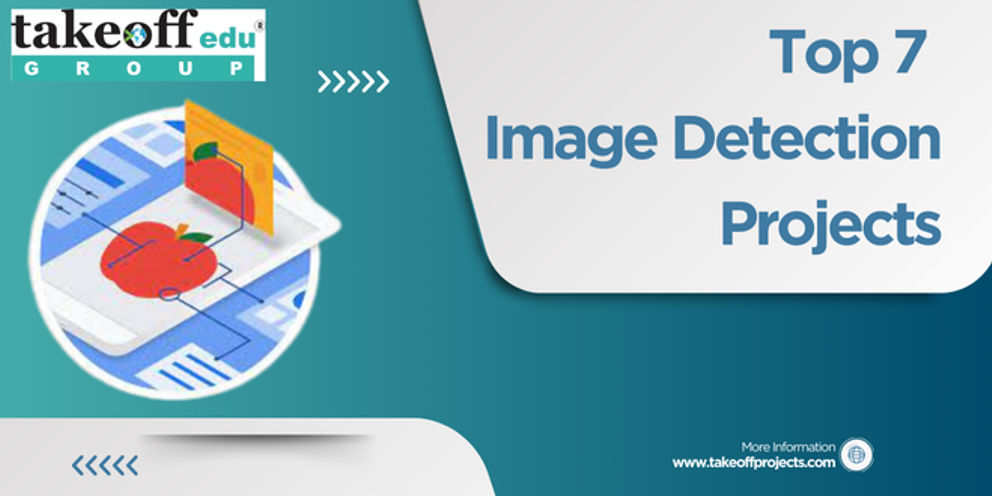
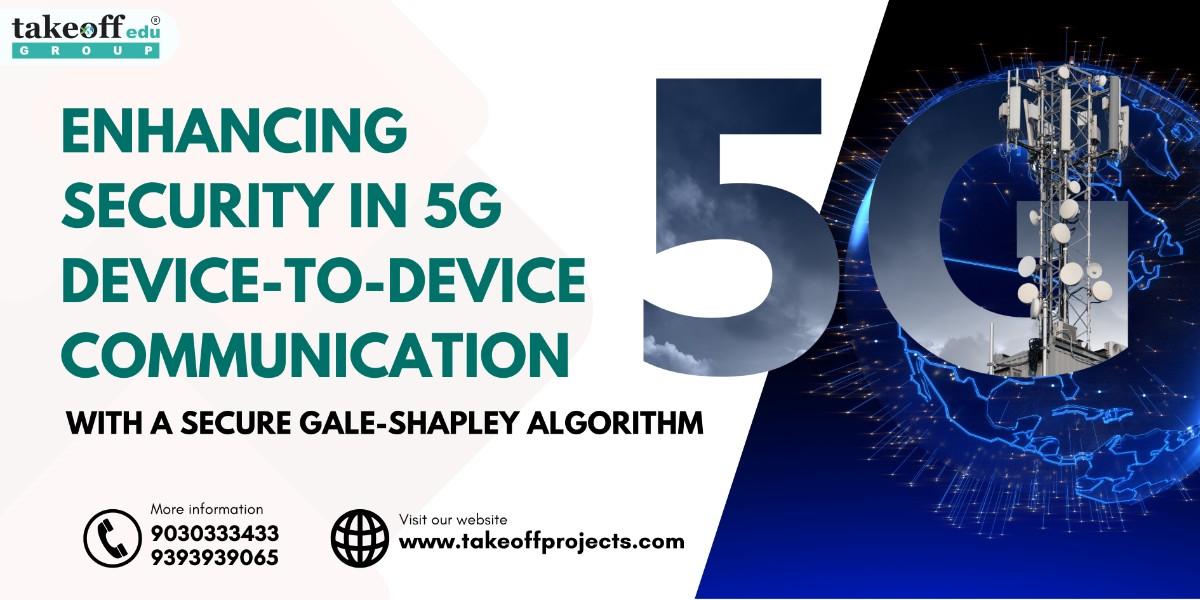 Enhancing Security in 5G Device-to-Device Communication with a Secure Gale-Shapley Algorithm
Enhancing Security in 5G Device-to-Device Communication with a Secure Gale-Shapley Algorithm 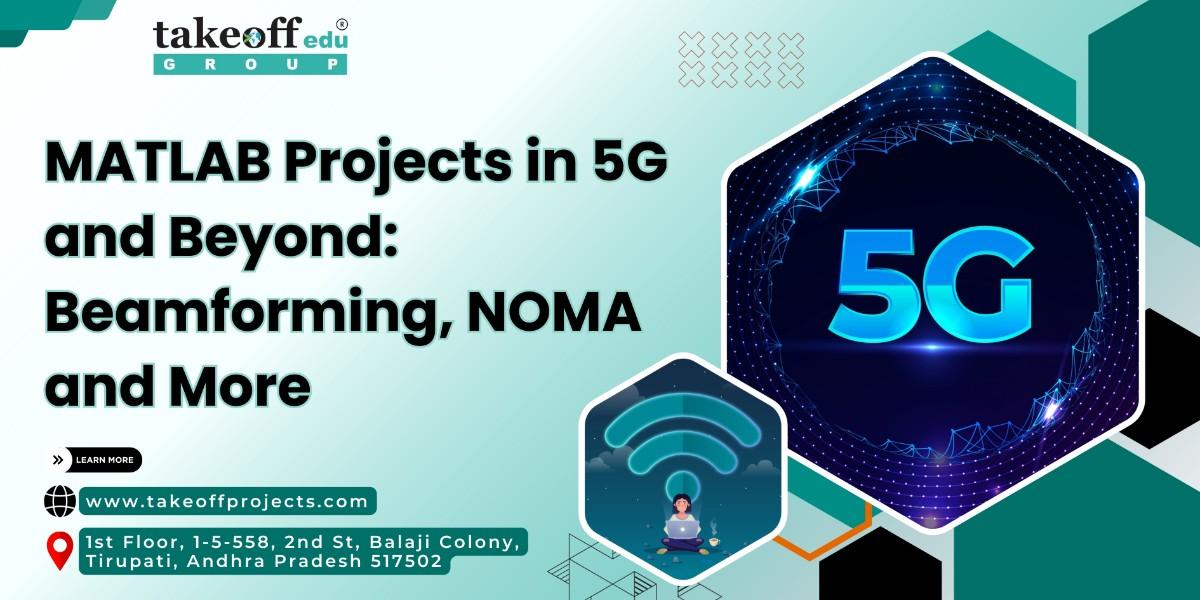 MATLAB Projects in 5G and Beyond: Beamforming, NOMA and More
MATLAB Projects in 5G and Beyond: Beamforming, NOMA and More 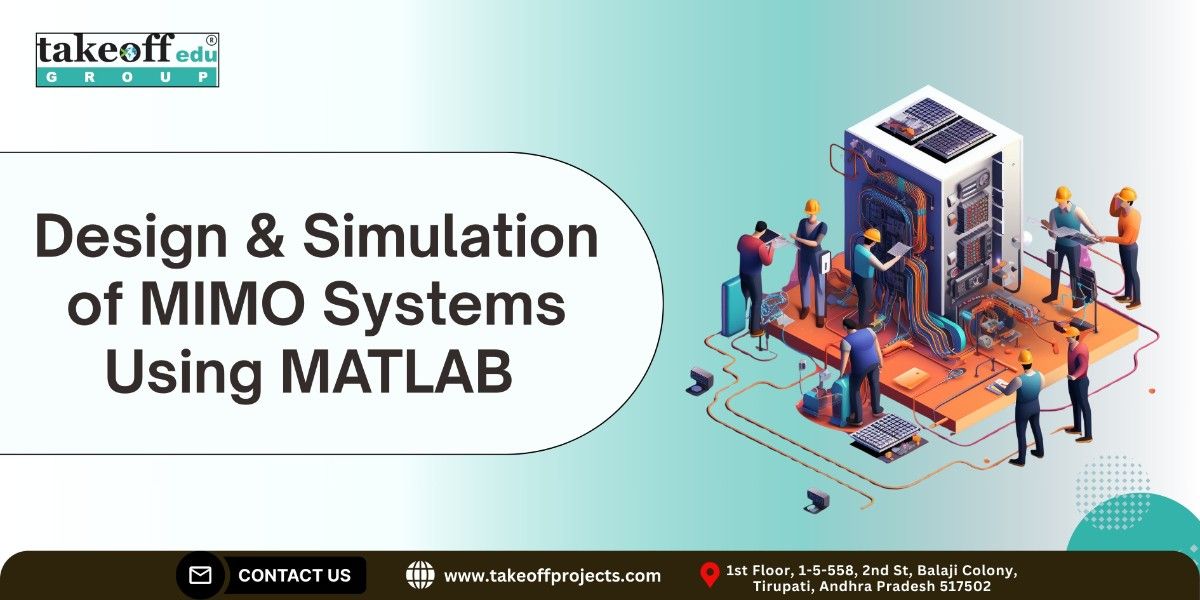 Design and Simulation of MIMO Systems Using MATLAB
Design and Simulation of MIMO Systems Using MATLAB 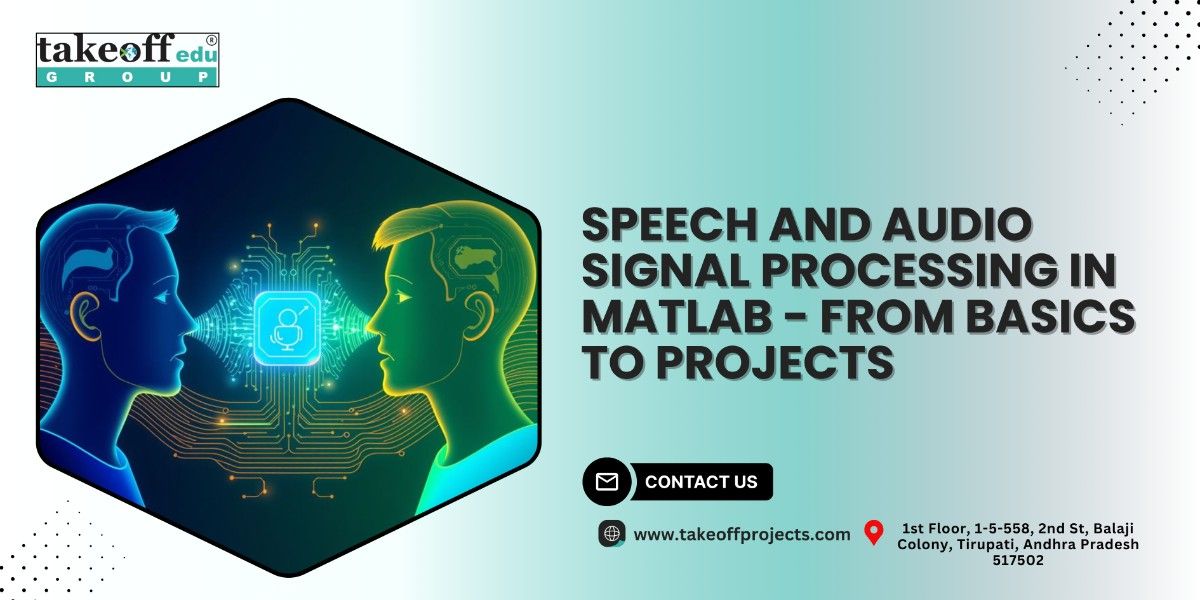 Speech and Audio Signal Processing in MATLAB: From Basics to Projects
Speech and Audio Signal Processing in MATLAB: From Basics to Projects 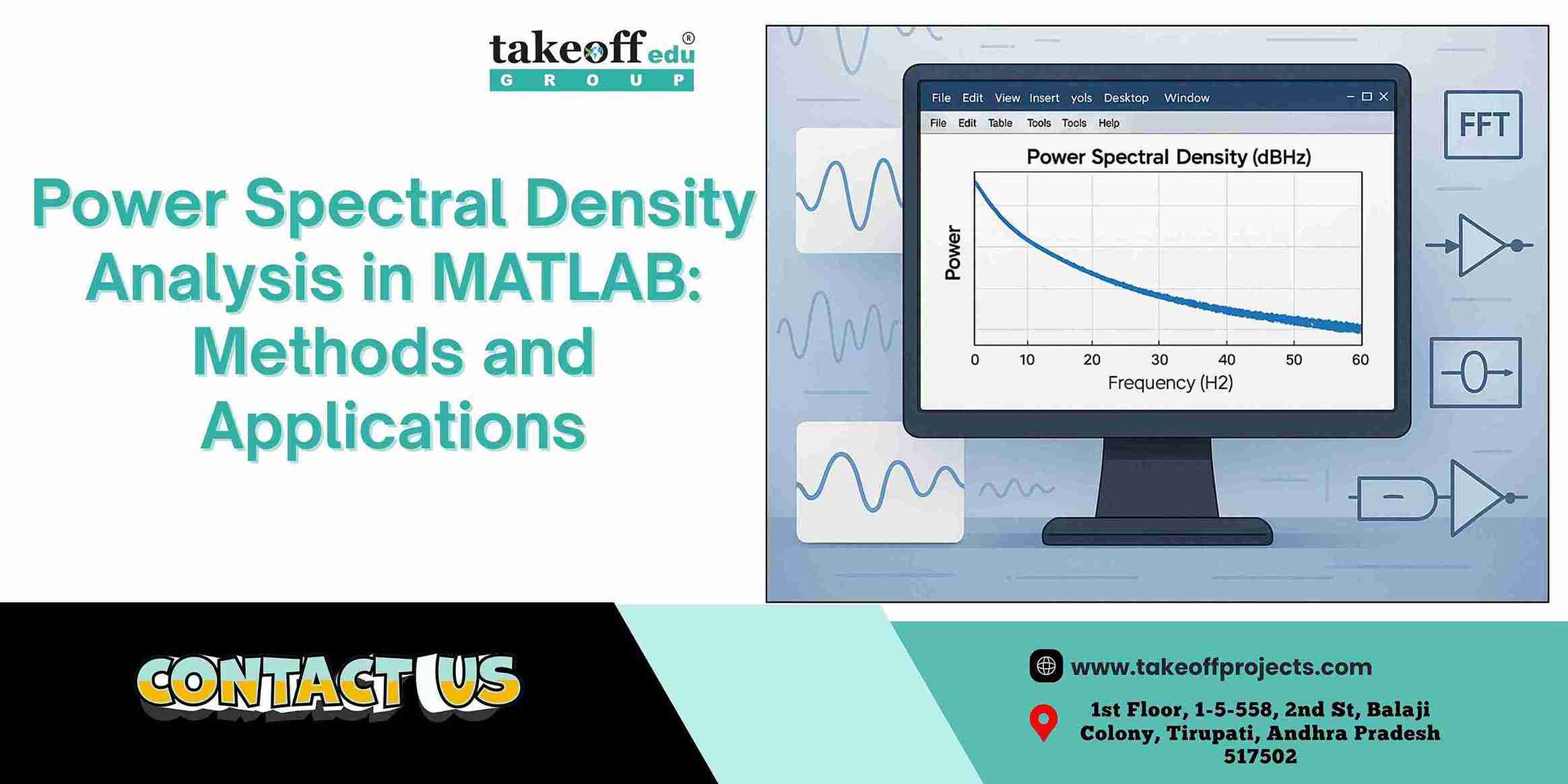 Power Spectral Density Analysis in MATLAB: Methods and Applications
Power Spectral Density Analysis in MATLAB: Methods and Applications 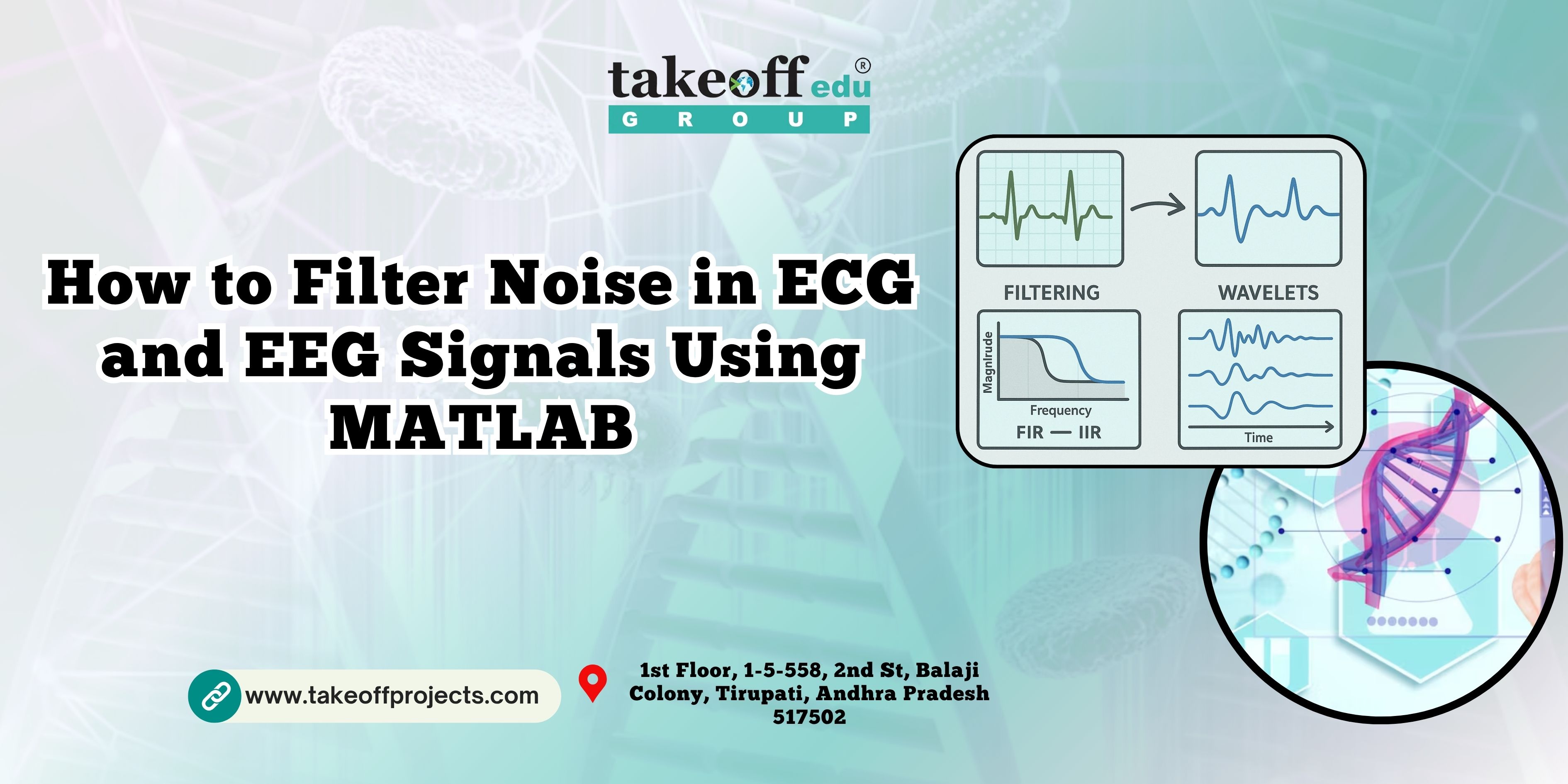 How to Filter Noise in ECG and EEG Signals Using MATLAB
How to Filter Noise in ECG and EEG Signals Using MATLAB 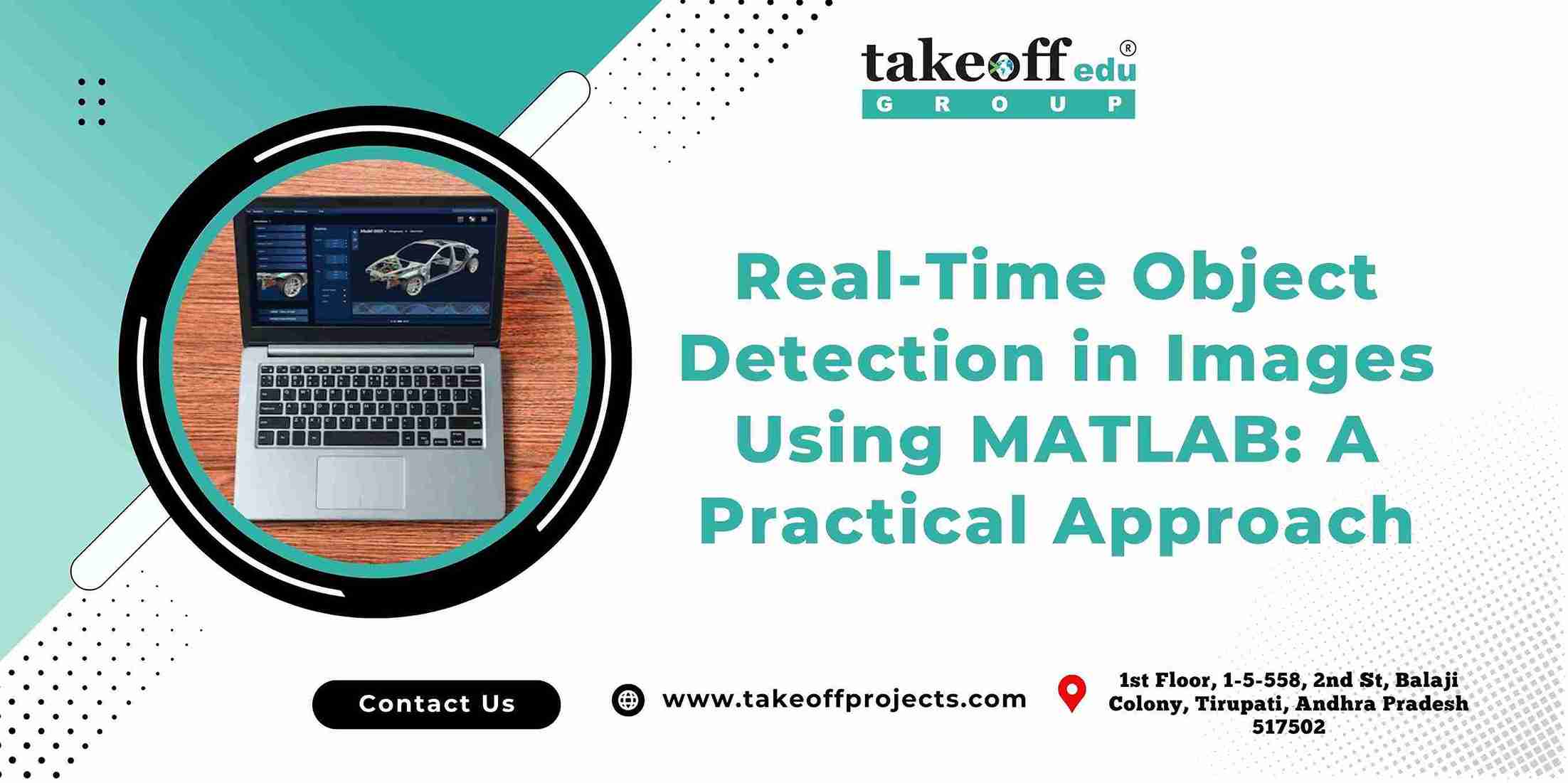 Real-Time Object Detection in Images Using MATLAB: A Practical Approach
Real-Time Object Detection in Images Using MATLAB: A Practical Approach 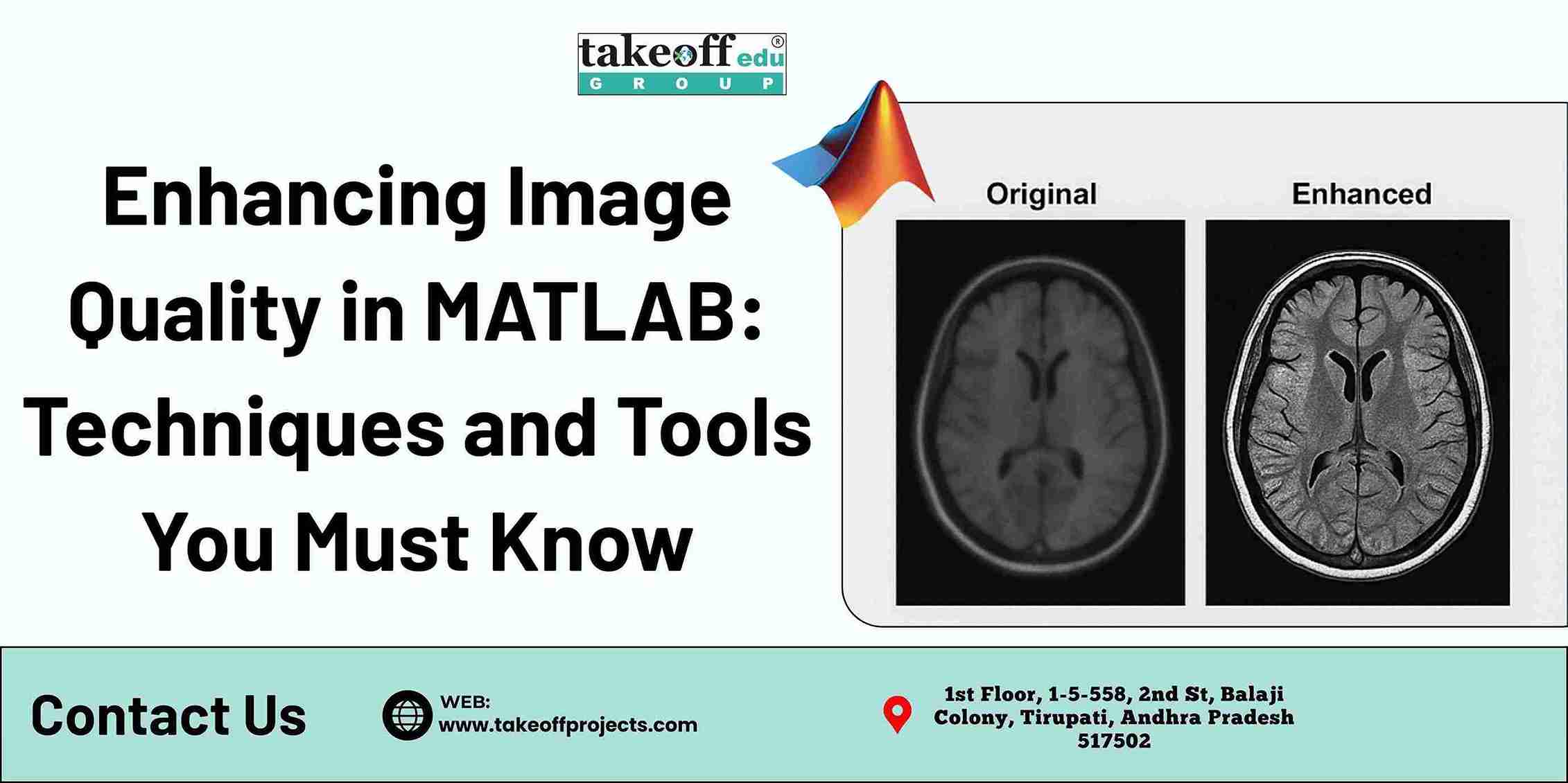 Enhancing Image Quality in MATLAB: Techniques and Tools You Must Know
Enhancing Image Quality in MATLAB: Techniques and Tools You Must Know 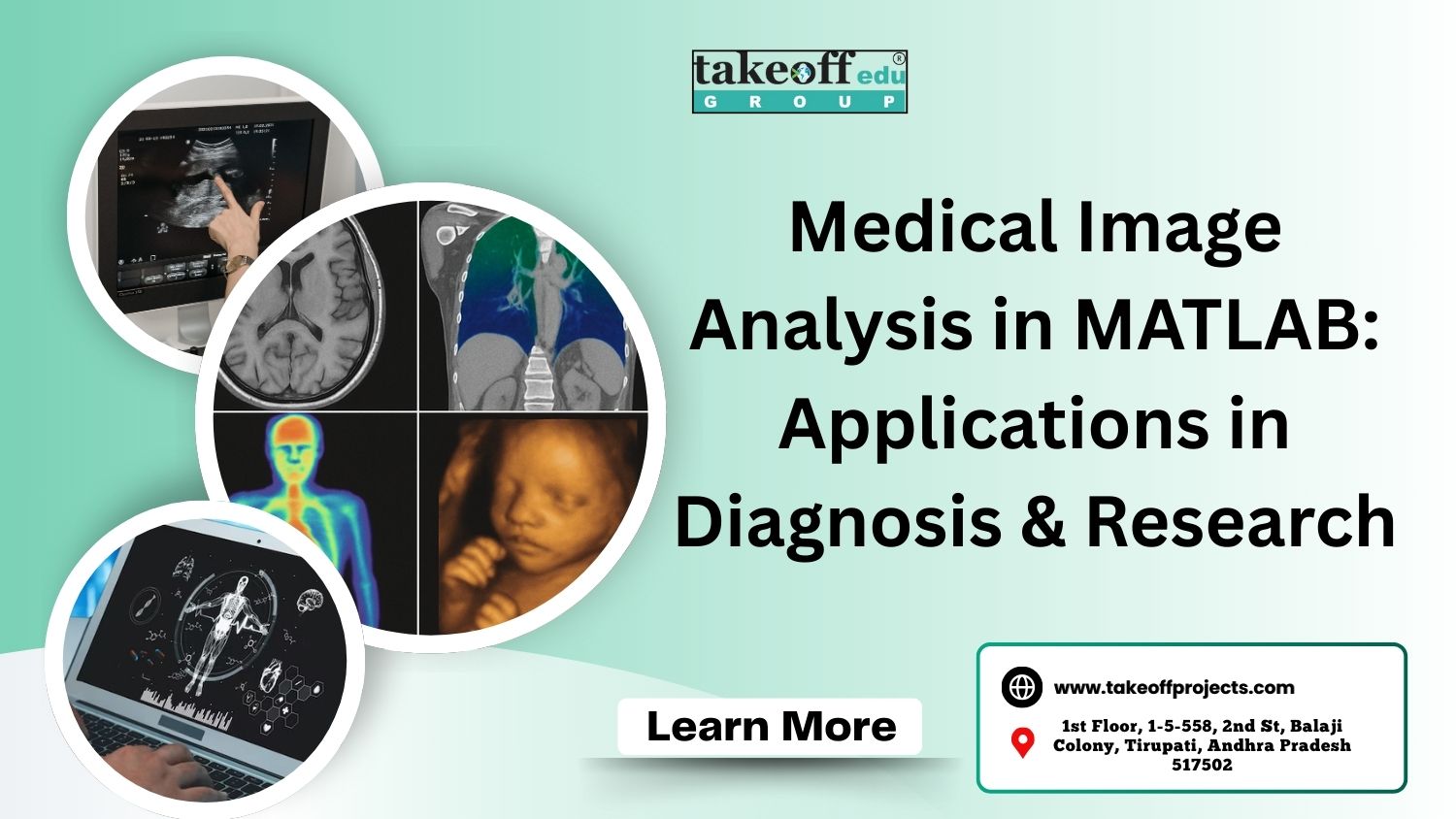 Medical Image Analysis in MATLAB: Applications in Diagnosis and Research
Medical Image Analysis in MATLAB: Applications in Diagnosis and Research 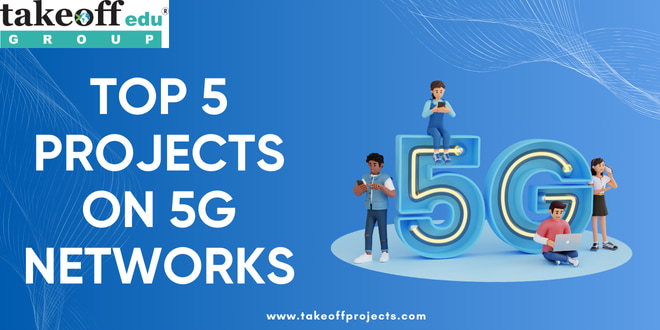 Top 5 Projects on 5G Networks
Top 5 Projects on 5G Networks  Top 5 Projects on Modulation Techniques
Top 5 Projects on Modulation Techniques  Top 7 Projects on MIMO Transmissions
Top 7 Projects on MIMO Transmissions  Top 5 Device to Device Communications Projects
Top 5 Device to Device Communications Projects 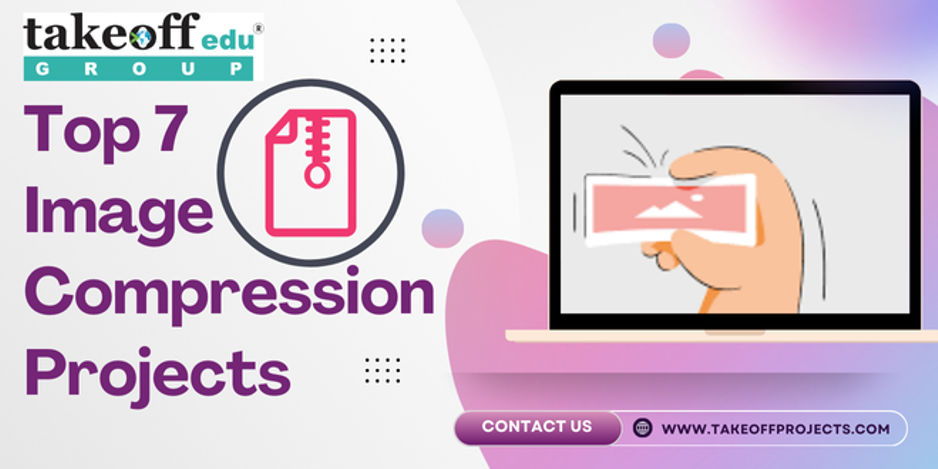 Top 7 Image Compression Projects
Top 7 Image Compression Projects 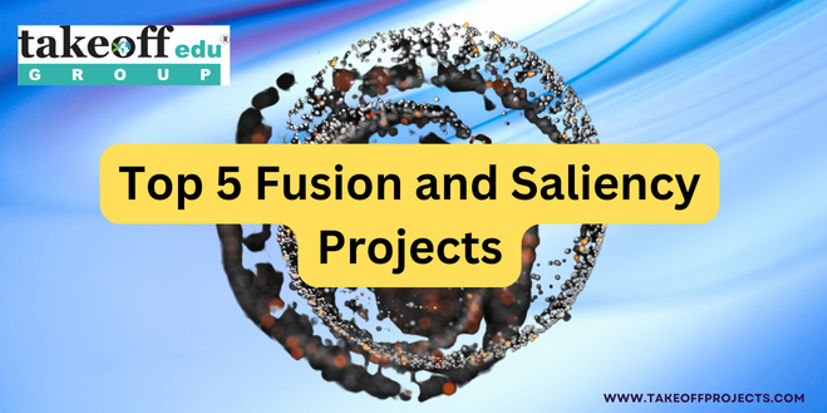 Top 5 Fusion and Saliency Projects
Top 5 Fusion and Saliency Projects 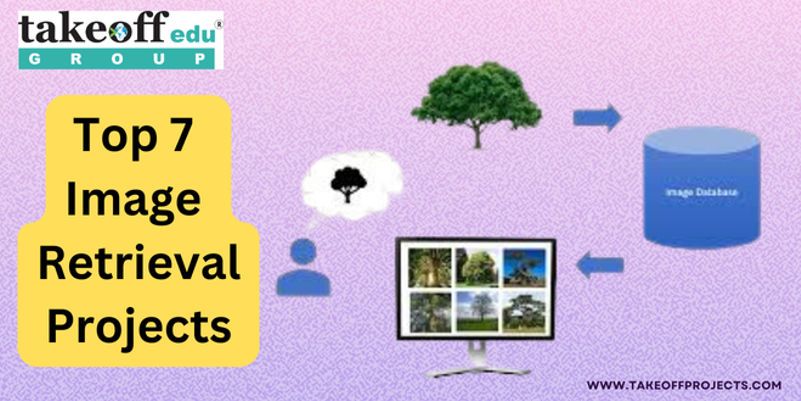 Top 7 Image Retrieval Projects
Top 7 Image Retrieval Projects 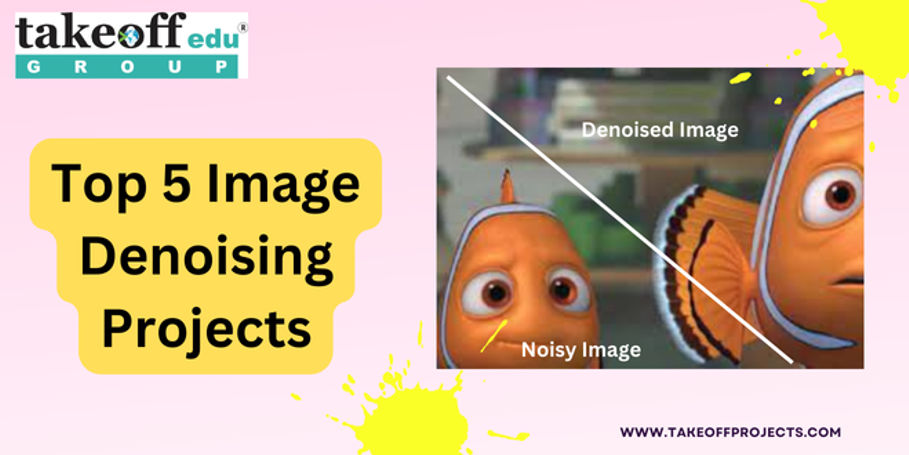 Top 5 Image Denoising Projects
Top 5 Image Denoising Projects  Top 7 Projects on Security Applications
Top 7 Projects on Security Applications 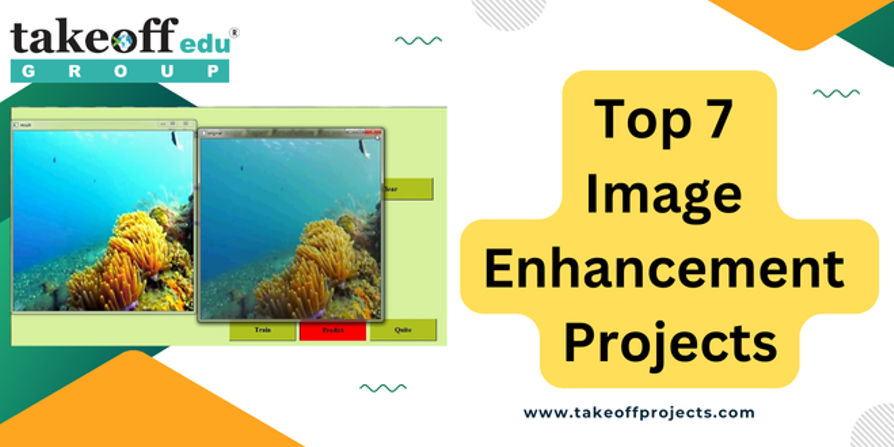 Top 7 Image Enhancement Projects
Top 7 Image Enhancement Projects  Top 10 Deep Learning Projects for B.Tech
Top 10 Deep Learning Projects for B.Tech 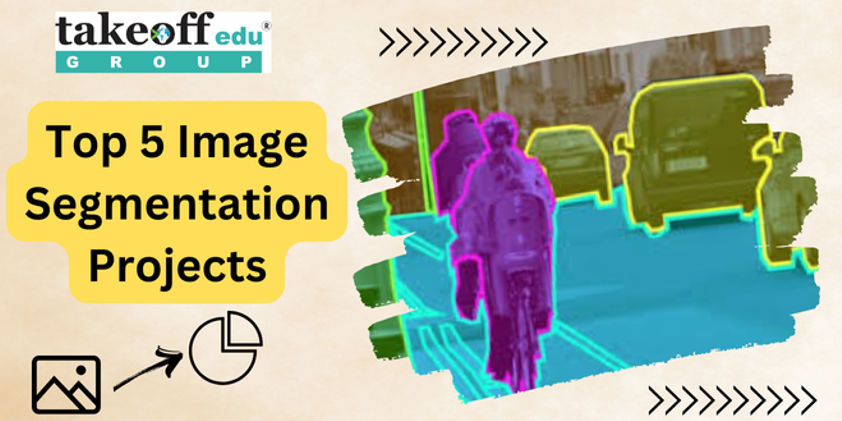 Top 5 Image Segmentation Projects
Top 5 Image Segmentation Projects 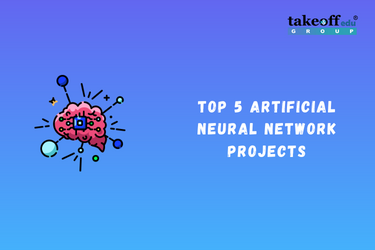 Top 5 Artificial Neural Network Projects
Top 5 Artificial Neural Network Projects 
 Paper Publishing
Paper Publishing


